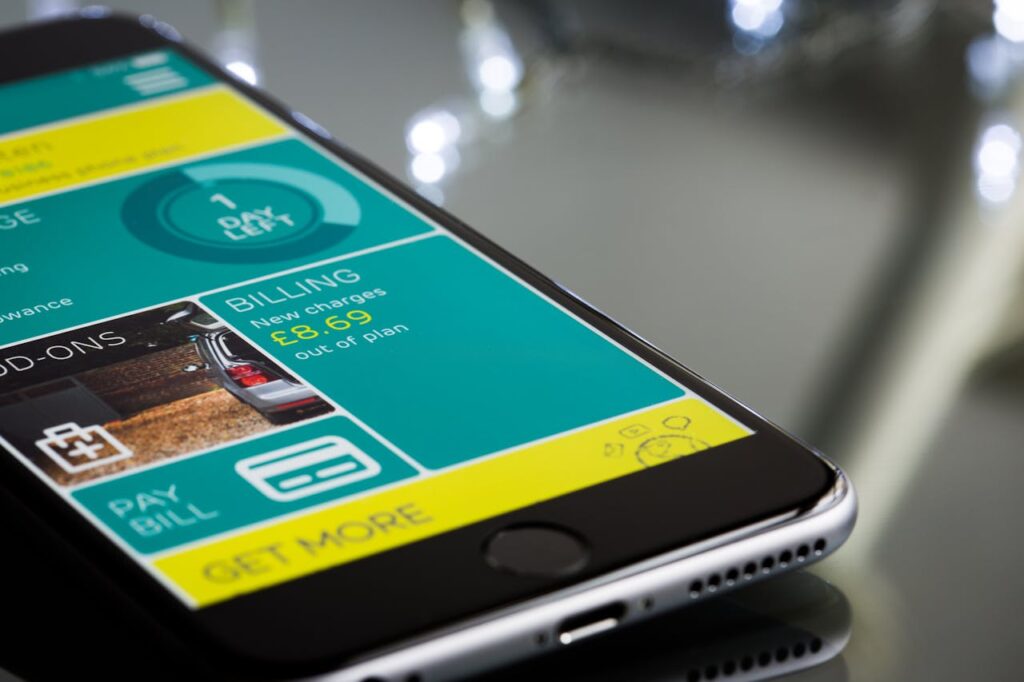The Benefits of Home Rainwater Collection Systems: Sustainable Water Solutions
The Benefits of Home Rainwater Collection Systems: Sustainable Water Solutions In an era where environmental sustainability is no longer optional but a necessity, homeowners are increasingly turning to eco-friendly solutions to minimize their ecological footprint while optimizing resource efficiency. Among these solutions, home rainwater collection systems have emerged as a practical and sustainable method of water conservation that benefits both the planet and personal finances. Understanding Home Rainwater Collection Systems Rainwater harvesting, at its core, involves collecting and storing rainwater from rooftops and other surfaces to be used later for various household and garden needs. The process is simple, yet the benefits are far-reaching. These systems vary from basic barrels positioned under downspouts to sophisticated setups that filter and pump water throughout the home. The size and complexity of a rainwater collection system can vary significantly, influenced by the homeowner’s needs, space availability, and budget. Types of Rainwater Collection Systems The spectrum of systems ranges from simple rain barrels to comprehensive rainwater harvesting systems. Simple setups might consist of a barrel, a filter to catch debris, and a spigot for hose attachment. On the other end, integrated systems collect rainwater in large cisterns, where it undergoes filtration and purification before being channeled into the home for non-potable or, with additional treatment, potable use. Cost and Installation Considerations The initial setup cost of a rainwater harvesting system can vary widely. Simple rain barrels might cost as little as $50, whereas high-end systems could run into thousands of dollars, dependent on storage capacity and filtration capabilities. Installation, largely determined by system complexity, can range from a do-it-yourself project to requiring professional installation services. The Environmental and Financial Benefits Adopting a rainwater collection system significantly reduces dependence on municipal water supplies, leading to noticeable decreases in water bills. Environmentally, these systems play a crucial role in reducing stormwater runoff, a major contributor to erosion and water pollution, by capturing rainwater that would otherwise carry pollutants into water bodies. Case Studies and Real-Life Examples Across the globe, homeowners are reaping the benefits of rainwater harvesting. For instance, a study in Australia demonstrated that households with rainwater collection systems reduced their mains water use by up to 100%, showcasing the potential for significant financial savings and reduced environmental impact. Practical Tips for Implementing a Rainwater Collection System Before investing in a system, evaluate your property’s roof area, the annual rainfall in your region, and local regulations regarding rainwater harvesting. Choose a system that matches your household’s water usage and space constraints. Maintenance, including regular cleaning of gutters, filters, and tanks, is key to ensuring water quality and system longevity. The Future of Home Rainwater Collection Innovation in rainwater harvesting technology continues to evolve, with new filtration and storage solutions making these systems more efficient and adaptable. Local governments and communities worldwide are recognizing the benefits of rainwater collection, with some regions offering incentives for installation, signaling a broader move towards widespread adoption of these sustainable practices. Conclusion Rainwater collection systems stand out as a practical, viable solution for homeowners committed to sustainable living, offering significant environmental and financial benefits. By considering the implementation of such a system, individuals not only contribute to a sustainable future but also enjoy autonomy over an essential resource. We encourage readers to explore this eco-friendly approach to water conservation, share their experiences, and join the growing community of sustainability advocates pioneering change through action.


